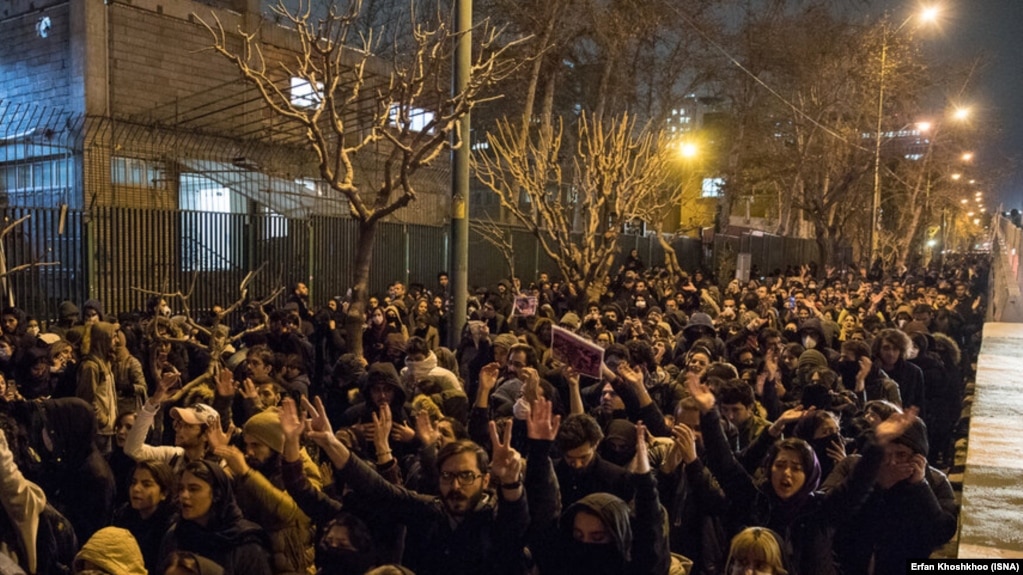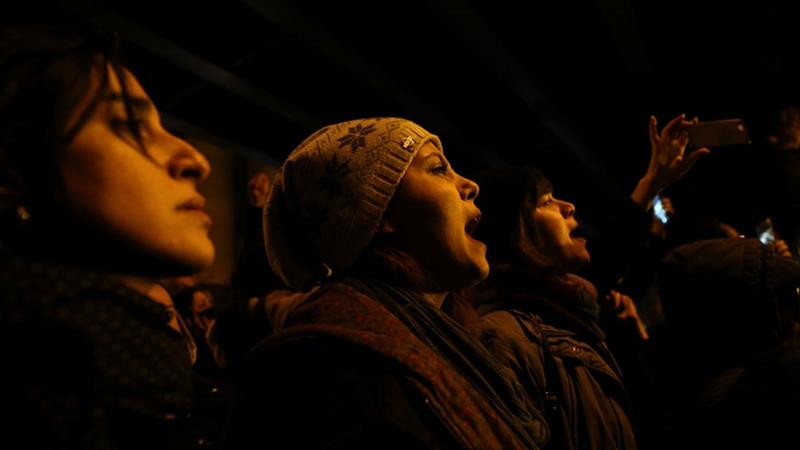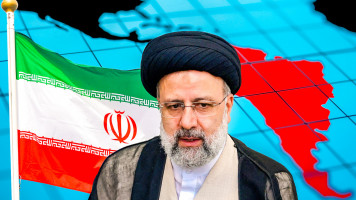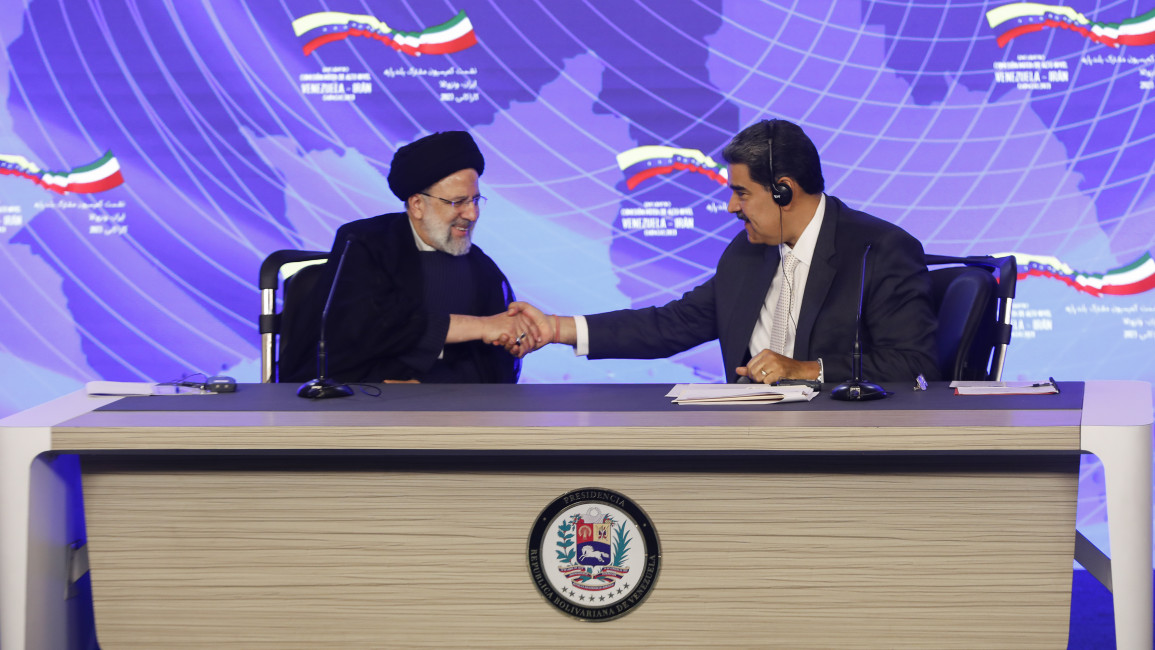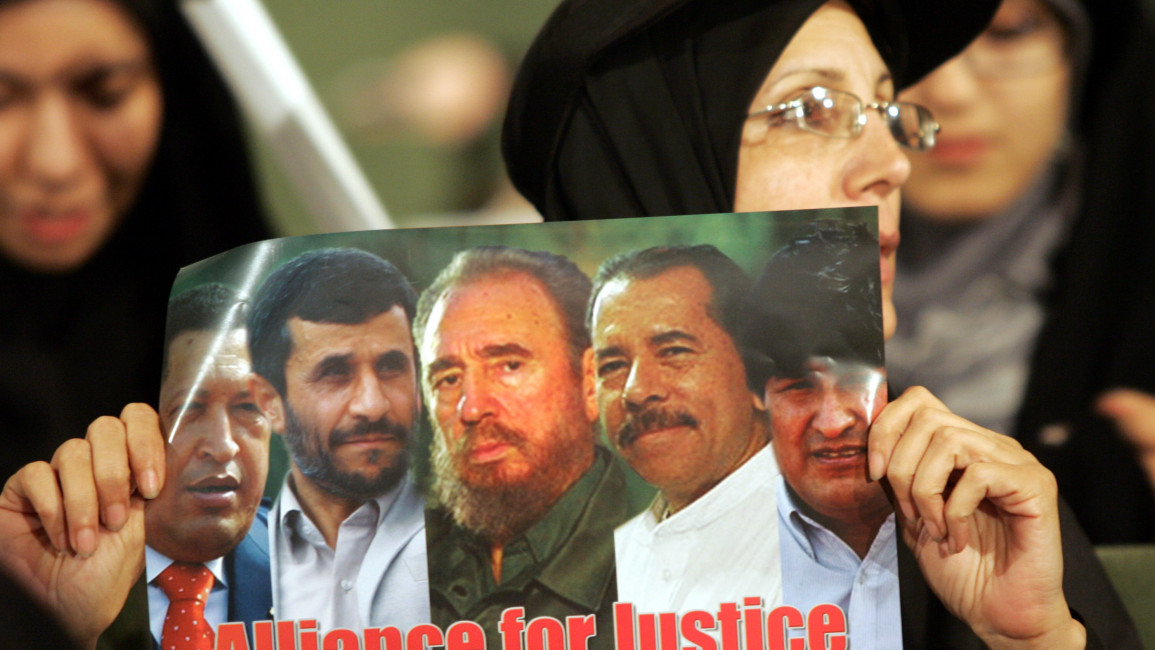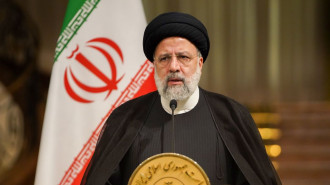The Hamas Resistance to Israel and Iran’s Involvement
I was “interviewed” by an Iranian journalist online (15 October) about the Hamas-Israel conflict and Iran’s involvement. My answers are below.
- During the war between Hamas and Israel, some sources in America and their affiliated media reported that Iranian money was blocked in Qatar again, which was later denied. Do you think there was a message hidden in this news?
I have written about this accusation in the United States. For your readers, I want to lay out the reasoning behind the accusations in the United States. The reasons for these accusations are complex, and they have more to do with partisan politics in the United States than about Iran.
First, the accusations of the tie between the Iranian settlement and the Hamas attack was launched exclusively by Republicans, and it was a ploy to try and blame President Biden for the Hamas attack. There were many misstatements made, but “truth” is irrelevant when it comes to partisan politics. The main goal is to “score” points rhetorically.
The most ignorant comments claim that Iran received the money and immediately used the funds to support the Hamas attack. This is of course a total lie, but for people who are ill-disposed toward Iran and toward President Biden, this was an easy lie to sell, and looking at the commentary from right-wing media and comments on new stories shows that many people heard this and immediately believed it.
A slightly more sophisticated version of this same lie is that Iran received the funds, and couldn’t use them to support Hamas because they were earmarked for humanitarian purposes, but because they received the funds, they were able to “offset” other government funds which were sent to support Hamas.
When the Biden administration decisively pointed out that first, the funds did belong to Iran, and that none of them had been disbursed from Qatar, a third version of this story started circulating, and that is that Iran anticipated these funds after the settlement, and so disbursed other existing funds to support Hamas.
Of course all of these were complete lies. Hamas had planned this attack for months. The Iranian settlement took place long after the planning and preparation for the Hamas attack was underway. Iran could not have anticipated that the $6 billion of its own money would be released as a condition of the prisoner exchange, because negotiations were not finalized before the planning for the Hamas attack. So these accusations are false and illogical.
However, that still did not stop Republicans from continuing the narrative that President Biden was “soft on Iran” and that concessions made to Iran “somehow” led to the Hamas attack, and so ultimately President Biden was responsible. The Republican narrative that the attack was engineered, directed and supported by Iran continues and now has been cemented in the Republican political narrative, and the Biden administration has been unable to counteract it.
Another narrative that has emerged claims that Iran will instigate Hezbollah to attack Israel from Lebanon, thus proving that Iran was behind the Hamas attack. This is illogical, of course, but the demonization of Iran has become such a complete fixture in American politics, this kind of narrative has been extremely easy to promulgate.
So, in response to these falsehoods, the Biden administration froze the Iranian assets in Qatar. It was a violation of the agreement between Iran and the United States. But it was necessary to try and stop the Republican lies. It highlighted the fact that the funds were never disbursed, and that Iran could not now anticipate receiving them.
And the other move by the Biden administration to counter this rhetoric was to engage in a full-throated, loud and very public support for Israel. Sending Secretary of State Blinken to Israel for a highly emotional presentation citing his own Jewish roots, and President Biden making many public statements in support of Israel blunted some of the Republican criticism. I am not suggesting that these sentiments were insincere, but they were a very deliberate, highly public and emotional display of support for Israel. And it appears to have worked.
- How likely is it that America will use these funds as leverage against Iran in the future? If so, what will be the harm to America?
No one should expect these funds to be released very soon. There is a possibility that they could be quietly released after the 2024 elections when President Biden’s fate concerning his presidency is settled. If Trump were to win re-election in 2024 the funds would never be released while Trump was in office. One again, I emphasize that this is not about Iran. This is about electoral politics in the United States, where sadly,, any politician who does anything to support or provide any benefit to Iran will be attacked.
- What is the impact of this war on the future of Iran’s nuclear negotiations?
The Israeli-Hamas conflict will result in a halt to any progress in the Iranian nuclear negotiations until after the 2024 presidential elections. Senator Lindsay Graham (Republican from South Carolina) said today that Iran was totally to blame for the Hamas attack. Other Republicans have said the same. Some have called for bombing of Iran’s oil facilities to destroy Iran’s economic base. Sadly, anything the United States would now do that would result in any improvement in Iran’s economic condition is on hold for now. It is too politically dangerous for the Biden administration to do this. At best the talks will “tread water” until after January 2025 when the new presidential administration is in office.
Let me also point out that if Hezbollah attacks Israel from the North, any talks between Iran and the United States over the nuclear negotiations will be immediately abandoned.
- What effects will this war have on the future of Iran and Saudi Arabia relations?
One of the narratives that is being widely spread in the United States by Republicans is that: Iran engineered the Hamas attack on Israel in order to prevent the establishment of diplomatic relations between Israel and Saudi Arabia. Iran has recently improved relations with Saudi Arabia. So the question of whether Iran sees establishment of Saudi Arabian-Israeli relations as a danger, or something to be prevented is a very potent issue that Iran will have to deal with diplomatically. If American conservative politicians have their way (including Trump), the Saudi Arabia-Israel accords will go forward, not only because that is seen as positive for Israeli security, but also because it will “deal a blow” to Iran–a double benefit for these politicians. But the Iranian government should take this accusation of Iranian support for the attack as a way to prevent this new alliance very seriously, because it is a major narrative in the United States.
- What is the effect of the war between Hamas and Israel on the normalization of relations between Saudi Arabia and Israel?
See my answer above. This has emerged in some political circles as the root cause for the Hamas attack, and the supposed motivation for Iranian support of the Hamas attack–to prevent this normalization of Saudi Arabian-Israeli relations. It is assumed that Iran wants to prevent this, and it is also assumed that Hamas sees this as a blow to their cause.
Because this has been put forward so strongly as a motivation for the attack, every effort will now be made on the part of the United States to see that the normalization takes place.
Ass a final observation, however, many supporters of the Palestinians point out that normalization of Israel’s relations with Arab states will have no effect on the Palestinian cause, because in fact, Arab States have not been supporting Palestinians at all historically. There are individuals and groups within Arab states that have supported the Palestinian cause, but the Arab states themselves have never been supportive. This underscores Iran’s support for Palestinians–and the fact that Iran, as a non-Arab state has been the chief reliable support for the Palestinian cause.



